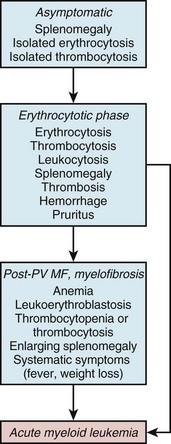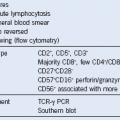Chapter 28 The Polycythemias
Table 28-1 Differential Diagnosis of the Polycythemias
Table 28-2 International Working Group for Myelofibrosis Research and Recommended Treatment Criteria for Post-PV MF
| Required Criteria: |
|---|
| Additional Criteria (Two Are Required): |










